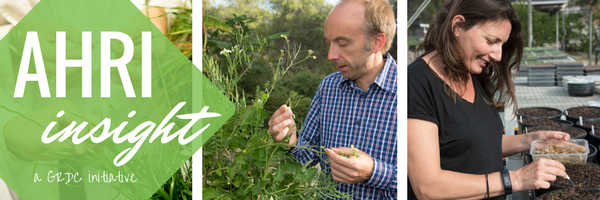|
Australian Herbicide Resistance Initiative (AHRI) insight #96 - Wild radish random AHRI survey of Western Australia
Australia
March 29, 2018

Driving through the northern wheatbelt of WA in the late 1990’s was a sea of flowers. Wild radish flowers. Hedges of flowers along fence lines and in patches throughout the crops. We used to joke that the floral emblem of Geraldton was a wild radish flower.
At the time we believed that this weed may be the death of continuous cropping in the region. As you drove further south, the wild radish flowers dwindled and were largely non-existent in the south of the state.
If you then took this drive in 2015 you would still see the hedges of wild radish on the fence lines, but there were much fewer flowers in the northern crops despite an increase in cropping intensity.
Some new herbicides and a determined effort to smash the seed bank has paid off. Now, however, the wild radish flowers stretch much further south, and wild radish is now a weed of the entire state.
The most recent AHRI random resistance survey by researcher Mechelle Owen reflects exactly these observations. The survey visited 500 fields in 2015 and found only 65 wild radish populations in crop compared to 96 in the previous survey in 2010. There were fewer populations of wild radish found in the crop in the north, and more populations found throughout the rest of the state.
As you may expect, herbicide resistance levels in wild radish have generally increased a little between the 2010 and 2015 surveys. The good news is that no resistance was found to either glyphosate or Velocity® (pyrasulfotole + Bromoxynil).
For more detail on the state of wild radish resistance in Western Australia, click through to the blog post below.
Read more
More news from: Australian Herbicide Resistance Initiative (AHRI)
Website: http://www.ahri.uwa.edu.au/ Published: March 29, 2018 |
|
The news item on this page is copyright by the organization where it originated
Fair use notice |